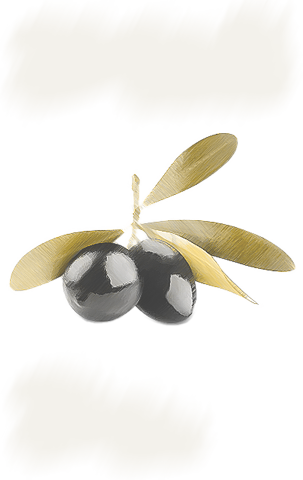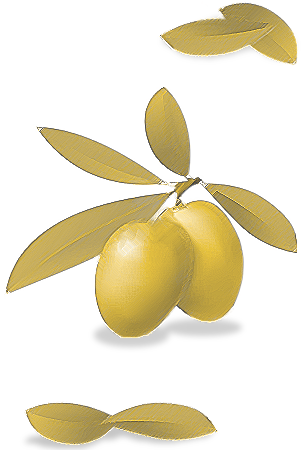Description

Olives are a traditional food of the Mediterranean basin and the first written reference to its preparation due to a Treaty of agriculture in the 4th century BC of Columella entitled ¨De Re Rustica¨.
Dressing or curing olives, consists of removing the natural bitterness of olives (oleuropein), through certain preparations to obtain a very tasty product easy to preserve and store as a commercial good.
As the curing plant is located within the factory, olives can be processed within one hour. Olives must be free of leaves, stones or field dust.
Once they are cleaned they pass through a sorting machine that removes small olives and later through a color selector machine that takes away the olives that are purple or black. These fresh olives that are useless (named perdigón and morado) go directly to the mill to produce a very appreciated strong oil.
Two types of olive curing are processed at the factory: brine curing for green olives called sevillano/spanish style and naturally curing olives.
At the processing plant the fruit is handled with care. Olives are treated with a 0.3º lye solution, boiled in cold.
For fermentation, we have our own laboratory, which helps us to follow the evolution and transformation of these olives very carefully.
Curring methods:

Brine-cured Olives
Light green olives soaked in an alkaline lye solution. After several washings they are submerged in brine where a lactic acid fermentation is produced. It is called Sevillian style.
Naturally cured Olives
They are green, black or color changing fruits cured in brine. After the fermentation olives can be dressed in several styles according to the area of production.
Air-cured Olives
They are green fruits blackened in an oxygenated alkaline solution. They are preserved by heat sterilization.
There are other styles such as: dry salt-cured black olives, wrinkled black olives, dry-cured black olives.


